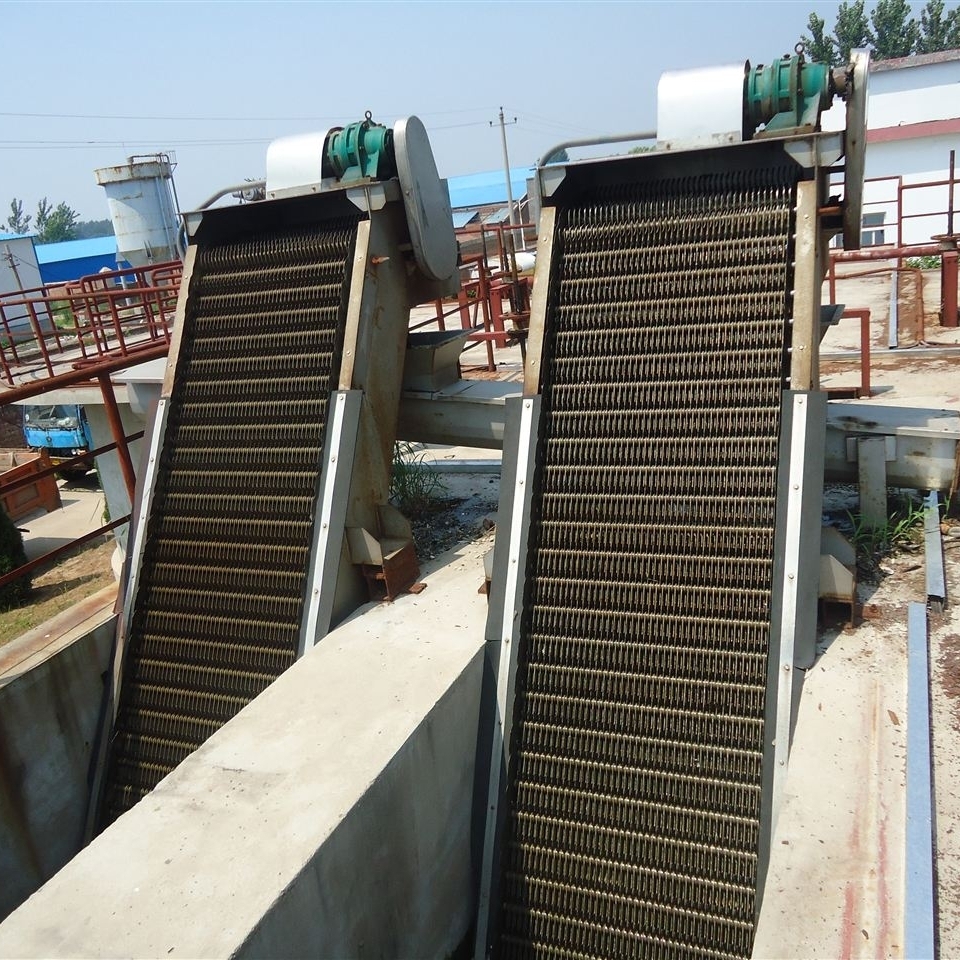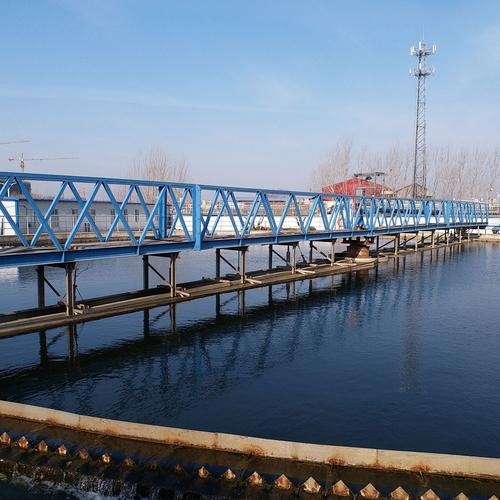The main differences between domestic and industrial wastewater treatment lie in the treatment targets, process flows, and pollutant types:
1. Differences in Treatment Targets
Domestic wastewater treatment targets residential wastewater (including feces, laundry wastewater, etc.), with the core goal being to remove common pollutants such as chemical oxygen demand (COD), biochemical oxygen demand (BOD), suspended solids, and ammonia.
Industrial wastewater treatment targets wastewater from the chemical, food, and printing and dyeing industries, and requires treatment of specific pollutants such as heavy metals and high-concentration organic matter.
2. Differences in Process Flows
Domestic wastewater typically undergoes a conventional process of “pretreatment (screens, sedimentation) – biological treatment (activated sludge, biofilm) – advanced treatment (ammonia removal and phosphorus removal) – and disinfection.”
Industrial wastewater, on the other hand, requires customized processes based on the type of pollutant. For example, chemical precipitation is used for wastewater containing heavy metals, while a combination of physical, chemical, and biological treatment (such as anaerobic biological treatment) is used for wastewater with high concentrations of organic matter.
3. Differences in Pollutant Characteristics
Domestic wastewater is primarily composed of organic matter, ammonia, and phosphorus. The water quality and quantity are relatively stable, making treatment relatively easy. Industrial wastewater contains many types of pollutants (such as heavy metals and toxic substances), with high concentrations and complex compositions, making it difficult to treat. Pretreatment (such as neutralization and chemical oxidation) is often required to reduce the concentration of pollutants before entering subsequent processes.




生化膜反应器12-scaled.jpg)
